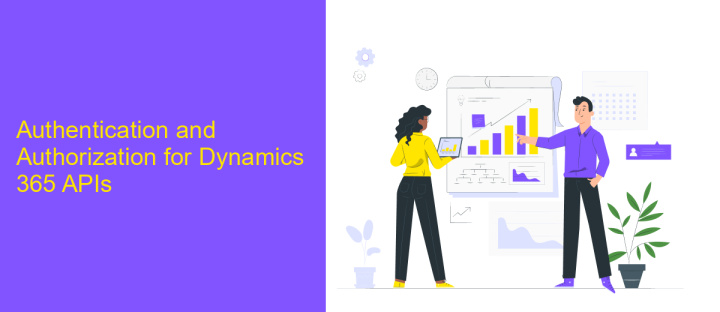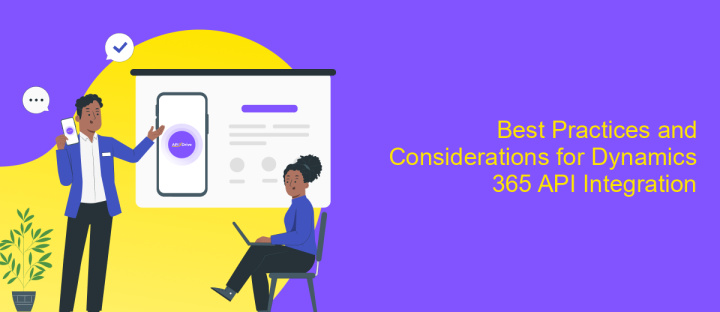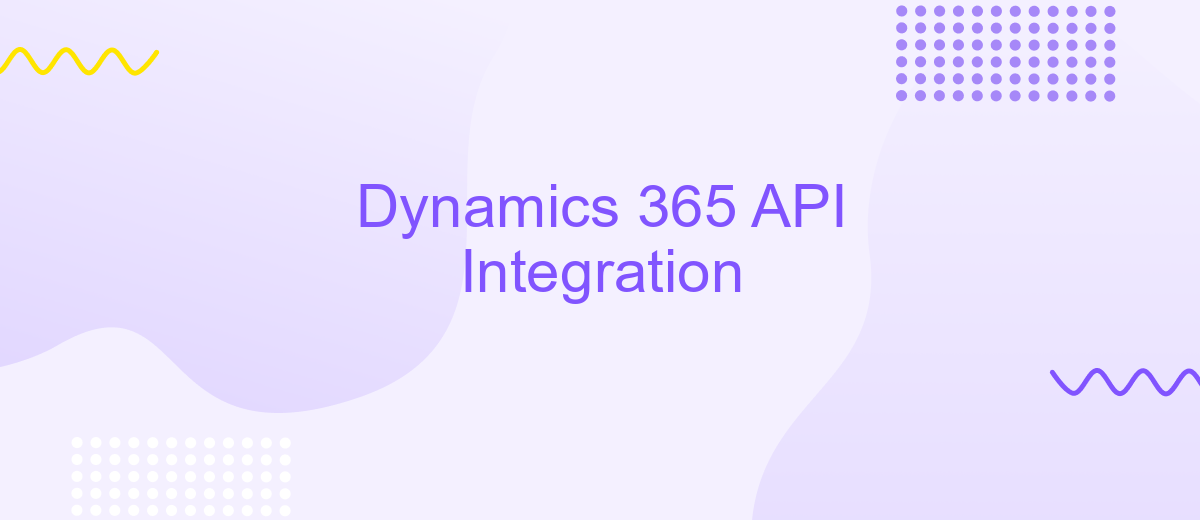Dynamics 365 API Integration
Integrating Dynamics 365 with external applications through its API unlocks a world of possibilities for businesses seeking to streamline operations and enhance productivity. This powerful integration allows seamless data exchange, enabling organizations to automate workflows, improve customer relationship management, and gain real-time insights. In this article, we explore the key benefits and strategies for successfully implementing Dynamics 365 API integration to drive business growth and efficiency.
Introduction to Dynamics 365 API Integration
Dynamics 365 API Integration is a powerful tool that enables businesses to streamline operations and enhance productivity by connecting various applications and services. By leveraging the capabilities of Dynamics 365 APIs, organizations can automate workflows, synchronize data, and improve communication between different systems. This integration facilitates seamless data exchange, allowing companies to make more informed decisions and respond swiftly to market changes.
- Automate repetitive tasks to increase efficiency.
- Ensure real-time data synchronization across platforms.
- Enhance customer experiences by integrating CRM functionalities.
- Gain insights through advanced data analytics and reporting.
- Improve collaboration by connecting disparate systems.
Implementing Dynamics 365 API Integration requires a strategic approach to ensure that systems are aligned with business objectives. It involves understanding the specific needs of the organization and selecting the appropriate APIs to meet those requirements. Moreover, proper security measures must be in place to protect sensitive data during transmission. With a well-executed integration strategy, businesses can unlock new opportunities for growth and innovation, positioning themselves for success in an increasingly digital landscape.
Authentication and Authorization for Dynamics 365 APIs

When integrating with Dynamics 365 APIs, authentication and authorization are critical components to ensure secure access to data and services. Dynamics 365 uses Azure Active Directory (Azure AD) for authentication, leveraging OAuth 2.0 protocols. This process involves registering your application in Azure AD, obtaining the necessary client ID and secret, and configuring permissions to access specific Dynamics 365 resources. Once registered, your application can request an access token from Azure AD, which must be included in API requests to authenticate and authorize access.
For seamless integration and simplified management, services like ApiX-Drive can be invaluable. ApiX-Drive provides a user-friendly platform to connect Dynamics 365 with various applications, streamlining the authentication process. It handles the OAuth 2.0 token exchange and manages API calls securely, allowing you to focus on business logic rather than technical complexities. By using ApiX-Drive, you can ensure that your integrations are not only efficient but also adhere to best practices for security and data protection.
Working with Common Dynamics 365 APIs (e.g., Web API, OData)

Integrating with Dynamics 365 APIs allows businesses to enhance their applications by leveraging the powerful capabilities of the platform. The Web API and OData are common interfaces used to interact with Dynamics 365 data. These APIs provide RESTful endpoints that facilitate CRUD operations, enabling seamless integration with external systems.
- Authenticate using OAuth 2.0 to ensure secure access to the Dynamics 365 environment.
- Utilize the Web API to perform operations such as retrieving, creating, updating, and deleting records.
- Use OData queries to filter and sort data efficiently, optimizing the data retrieval process.
- Handle JSON responses to parse and manipulate data within your application.
- Implement error handling to manage exceptions and ensure robust integration.
By understanding and utilizing these common APIs, developers can create dynamic applications that interact with Dynamics 365 seamlessly. This integration not only enhances the functionality of existing systems but also provides a scalable solution for managing customer relationships and business processes. Proper implementation of these APIs ensures data integrity and improves operational efficiency across the organization.
Best Practices and Considerations for Dynamics 365 API Integration

When integrating with Dynamics 365 API, it's crucial to ensure a robust design that maximizes efficiency and reliability. Start by thoroughly understanding the API documentation, which provides vital insights into endpoints, authentication, and data structures. This foundational knowledge helps prevent common integration pitfalls and ensures a smoother development process.
Security is another critical consideration. Implementing OAuth 2.0 for authentication is recommended, as it offers a secure and scalable way to manage access. Additionally, always validate and sanitize inputs to protect against injection attacks and other vulnerabilities.
- Use batch processing to reduce API calls and improve performance.
- Implement error handling and logging for better troubleshooting.
- Keep your integration scalable to accommodate future growth.
- Regularly review API changes and updates to maintain compatibility.
Finally, consider the user experience. Ensure that the integration is seamless and does not disrupt existing workflows. By prioritizing these best practices, you can create a reliable and efficient Dynamics 365 API integration that supports your business needs effectively.


Real-world Examples and Use Cases
Integrating Dynamics 365 API into business operations can transform how organizations manage their data and processes. For instance, a retail company can streamline its inventory management by connecting Dynamics 365 with its e-commerce platform. This integration allows real-time updates on stock levels, ensuring that the online store reflects accurate inventory data. As a result, the company can reduce overselling and improve customer satisfaction by providing timely information on product availability.
Another practical example is in the field of customer service. By integrating Dynamics 365 with a customer support system, businesses can centralize customer interactions and history. This integration enables support agents to access comprehensive customer data, enhancing their ability to provide personalized assistance. Services like ApiX-Drive facilitate these integrations by offering no-code solutions that connect various applications seamlessly. This not only saves time but also reduces the need for extensive IT resources, allowing businesses to focus on delivering exceptional service and improving operational efficiency.
FAQ
What is Dynamics 365 API Integration?
How can I integrate Dynamics 365 with other applications?
What are the common challenges in Dynamics 365 API Integration?
How can I automate data workflows between Dynamics 365 and other systems?
What should I consider when choosing an integration platform for Dynamics 365?
Strive to take your business to the next level, achieve your goals faster and more efficiently? Apix-Drive is your reliable assistant for these tasks. An online service and application connector will help you automate key business processes and get rid of the routine. You and your employees will free up time for important core tasks. Try Apix-Drive features for free to see the effectiveness of the online connector for yourself.

